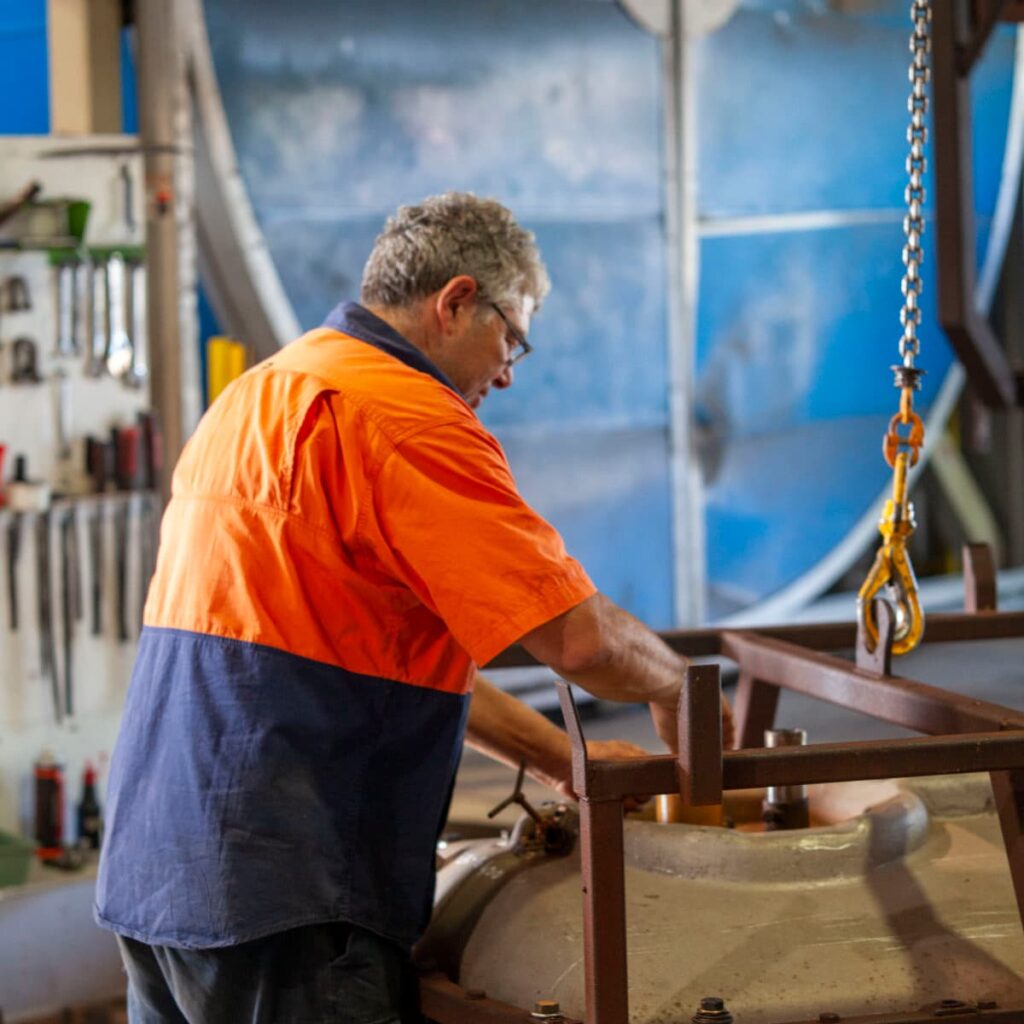A Guide to Grazing Crops for Extra Winter Feed in Queensland
Home / A Guide to Grazing Crops for Extra Winter Feed in Queensland
- globaltanks
- July 20, 2020
- 2 minutes
Most pastures rely on weather conditions such as temperature, moisture and sunlight for growth. As the temperature drops during winter, the pasture growth rate also drops substantially which often results in a lack of feed for the livestock on a farm. This stage is commonly referred to as the ‘winter feed gap’. Most crops will germinate and create a larger amount of biomass more quickly than a pasture and so this biomass can be used as a food source while the crop plants remain vegetative.
What are the Benefits of Grazing Crops?
✓ Grazing crops can help to drastically boost the availability of feed during the gap that takes place during autumn and winter and will help to avoid the negative impacts of lower temperatures and disease.
✓ Many grazing crops, like cereals and canola, can still produce a very acceptable yield after being used for grazing by livestock.
✓ Reduce the cost of supplementary feeding
✓ In some cases, using grazing crops during the winter feed gap has been proven to increase to overall gross margins of a farm or livestock enterprise
✓ Pasture paddocks will excel as removing the livestock from them will give them the chance to germinate and grow without being used for grazing
✓ The reduction of the crop biomass that occurs as a result of grazing means that more groundwater is reserved.
How to Manage Grazing
The grazing process must be carefully managed in order to ensure your livestock is well fed and you still get a decent yield from the crops. Below are some of the best ways to do that:
✓ Don’t introduce cattle to the grazing crops on an empty stomach. Instead, give them some hay to graze on beforehand which will prevent them from overgrazing and ruining your potential yield.
✓ Give your livestock calcium, salt and magnesium supplementation during the period that they are grazing crops in order to maintain their nutrient levels.
✓ You must be aware that livestock will require time to adapt to their new source of feed and may not be able to use it effectively straight away.
✓ We recommend that you always sow your crops early in the season to allow for maximum biomass and growth before grazing begins. It’s crucial that you don’t introduce stock to crops before they’ve become securely anchored in the ground.
✓ Make sure your stocking rates are thoroughly calculated to achieve even grazing, recovery and crop maturation.
✓ It’s important that flowering happens at the right time. Flowering can be pushed back by grazing which is a bonus since it won’t happen during the lowest temperatures of the year. However, if you delay flowering too much, your grain fill may be pushed back into a period of high temperatures which will affect the yield.
At Global Tanks, our team have been living in Rural Queensland our whole lives, so we know exactly how to manage an agricultural lifestyle and business. We have a huge range of products from water storage tanks to fertilizer tanks, that are guaranteed to get the job done and make your life easier. Head to our website to learn more about the products that we manufacture or get in touch with us today and chat to one of our friendly team members!

